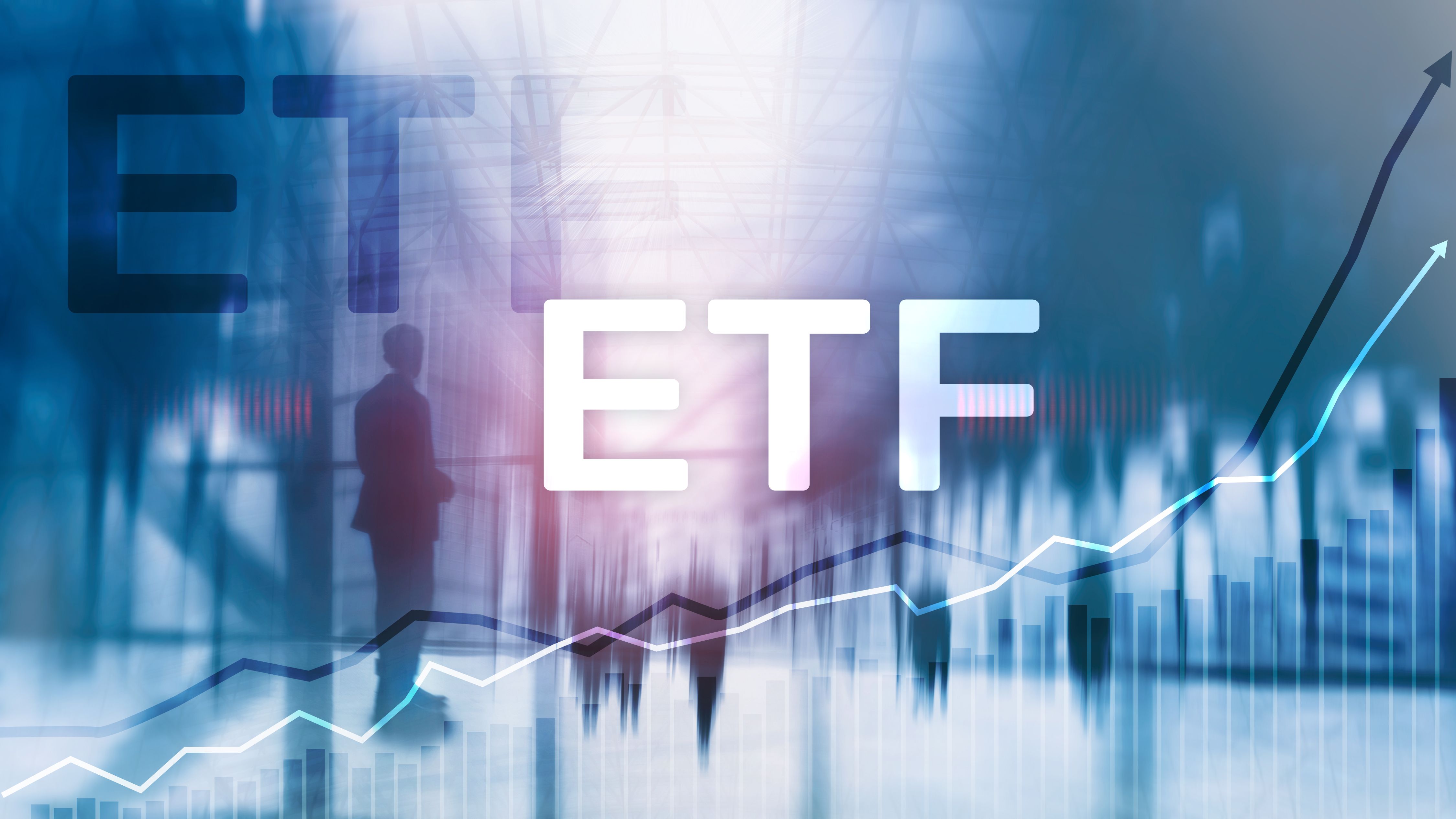
THERE are three possible outcomes in trying to call the top of the equity market: too early, too late or just right. Some of us may be lucky and get it just right, but for financial planning purposes it’s best to assume you’ll be either too early or too late.
Erring either way is expensive. Our estimate of equilibrium P/E ratio for the S&P500 is 16, so it would have been very easy to have observed the PE ratio at 21 this time last year and viewed the market as expensive. Yet de-risk then and you’d have missed a 2017 return of 22%. If and when the equity downturn comes, I’d be surprised if it exceeds 20% - there have only been two such occurrences: 2000-2002 and 2007-2009.
As ever, investing is a risk-reward trade-off. It strikes me that investors have one of two choices: accept the risk of a downturn and stay invested in risky assets, or de-risk early and accept that return opportunities may be missed. It’s vital to be clear on that decision as the action required is quite different in each case. In not taking that explicit decision I fear many are implicitly assuming they’ll be able to exit at exactly the right time. That’s a brave assumption.
Let me take you through the two choices.
Stay invested
If investors have a tolerance for risk and are therefore happy to remain invested, they should take that decision fully expecting to go over the cliff at some point - that should be explicit.
Portfolio construction plays an important role here. For example, assuming a bad case scenario is a 20% drop in equity prices, holding approximately a third of assets in equities would mean that the portfolio could face a loss of 6%, which may well be tolerable for some investors.
Furthermore, in the two occasions when equities had downturns in excess of 20%, the bond market returned 30% and 17% respectively (as measured by the S&P 7-10 year Treasury index). Therefore, regardless of the valuation of fixed income, increasing the bond duration of a portfolio can help hedge against an equity downturn. To put numbers on this, if a portfolio is 70% invested in a 10 year bond index and 30% in equities, then a 20% drop in equities and 1% drop in bond yield would still post a positive overall portfolio return.
Whilst a lot of assets are expensive, there are pockets of value. European equity is one that attracts my eye, but the asset class I’m very drawn to is emerging index-linked bonds. The event that gives me nightmares is a dropping equity market driven by higher yields. That unlikely scenario would presumably occur if inflation returns in force, and in that case EM index linked bonds would do well, and their real yields are attractively high.
De-risk early
An investor who is more risk averse may already have de-risked, arguing that momentum has driven returns, fundamentals are only moderate, and the market has had a great run. The investor may feel an equity drawdown could be bigger than 20%.
Other than opportunity cost, the problem with de-risking, is that the lowest risk assets are the most expensive of all; they guarantee a reduction in your purchasing power. Therefore, what’s important is to recognise that the investor will experience certain negative real returns all the while he or she has de-risked. The ‘stay invested’ investors wouldn’t be happy with that, and it’s that difference which largely separates them from the ‘de-risk early’ cohort.
So, if you are going to de-risk, don’t overdo it, and make sure you de-risk in an even way ensuring you keep a balanced portfolio - that means diversifying across asset classes and regions. Pertinently to a de-risker, the Asian debt market is usually underexposed in global fixed income portfolios.
Good luck in 2018. If you make a new year’s resolution, resolve to clearly decide: de-risk or not.
David Buckle is head of investment solutions design at Fidelity International









